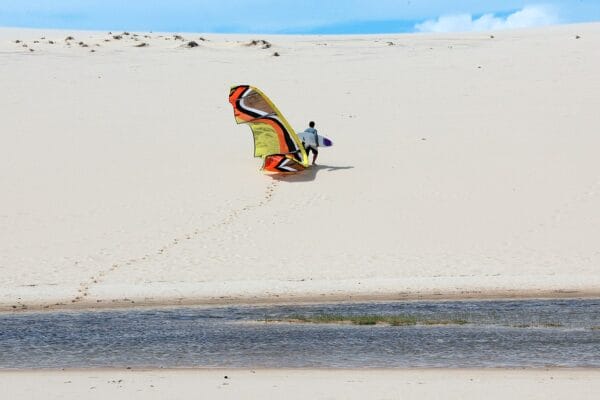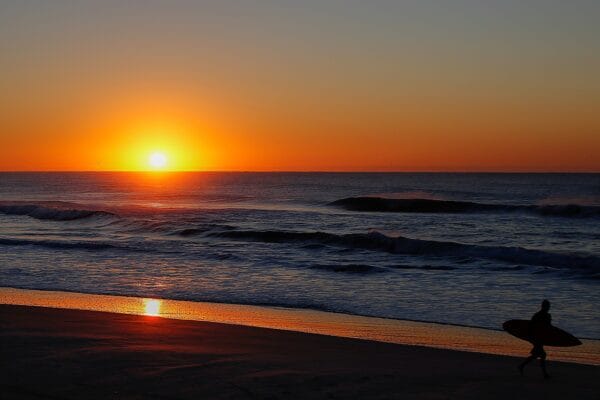WHAT’S NOT TO LOVE ABOUT BRAZIL?
Stunning beaches, friendly people, delicious food, vibrant cities, samba and caipirinhas.
There are no words to truly describe the beauty and diversity of this amazing country. It’s the biggest country in Latin America and you’re sure to find the perfect spot that matches your needs entirely. We’ll be arriving in Recife in the Northern part of Brazil. So this’ll be a great opportunity to get to know this part of this energetic country. The north of Brazil is less well known than the hugely popular southern parts, but it is equally as beautiful and not to be missed.
THE CURRENCY
The currency in Brazil is the Brazilian Reais and the local language is Brazilian Portuguese, which has a friendlier ring to it than the Portuguese you’ll hear in Portugal. In general, Brazilians are a friendly bunch but not many speak English, especially in those places that are not tourism focused, so occasionally you may struggle to find someone who understands you. But fear not, we have you covered: learn these phrases, offer a big smile and you’ll get around easily enough.
FOOD
If you were planning to lose those extra cruise kilos in Brazil, then we’re afraid you’re out of luck.
Brazilian cuisine is delicious and you just have to try everything. They absolutely love sweets and chocolates and it all begins with breakfast. You can expect a menu of cakes, fruits, different kinds of breads and yoghurts for you to sample. Amolço (lunch) is an occasion and depending on the region of Brazil you are in, you can expect a variety of excellent dishes.
The main ingredients in most dishes are rice, beans, potato, cassava and a lot of fruits. On the coast they enjoy a diet of fish and sea fruits. Meat is also very popular. Vegetarianism isn’t very common in Brazil but don’t worry – you’re sure to find vegetarian dishes wherever you go.
Brazilian portions are enormous and a single dish for one person is often enough for two and sometimes even three people. Make sure you try all of these amazing delicacies: Churrascos (barbecue meat), Moqueca (delicious fish stew), Brigadeiros (kind of chocolate truffle) Pão de queijo (cheese bread), Açaí (Amazonian fruit, mostly eaten frozen with granola and banana) and Feijoada (stew of black beans).
AIRLINES IN BRAZIL
Brazil is a big country but it’s a pretty easy place to travel through. For longer distances the best way to get around is to fly. While it’s not the best for the environment, bus rides of 35 hours or more aren’t that great for the planet either or for your peace of mind.
There are several relatively cheap airlines in Brazil.
BUSES IN BRAZIL
If you’re traveling by public transport or long distance bus, make sure you bring something warm as most drivers set the aircon temperature to below freezing to ensure you don’t melt along the journey;-). You can find (and buy) bus passages via https://www.buscaonibus.com.br/en.














